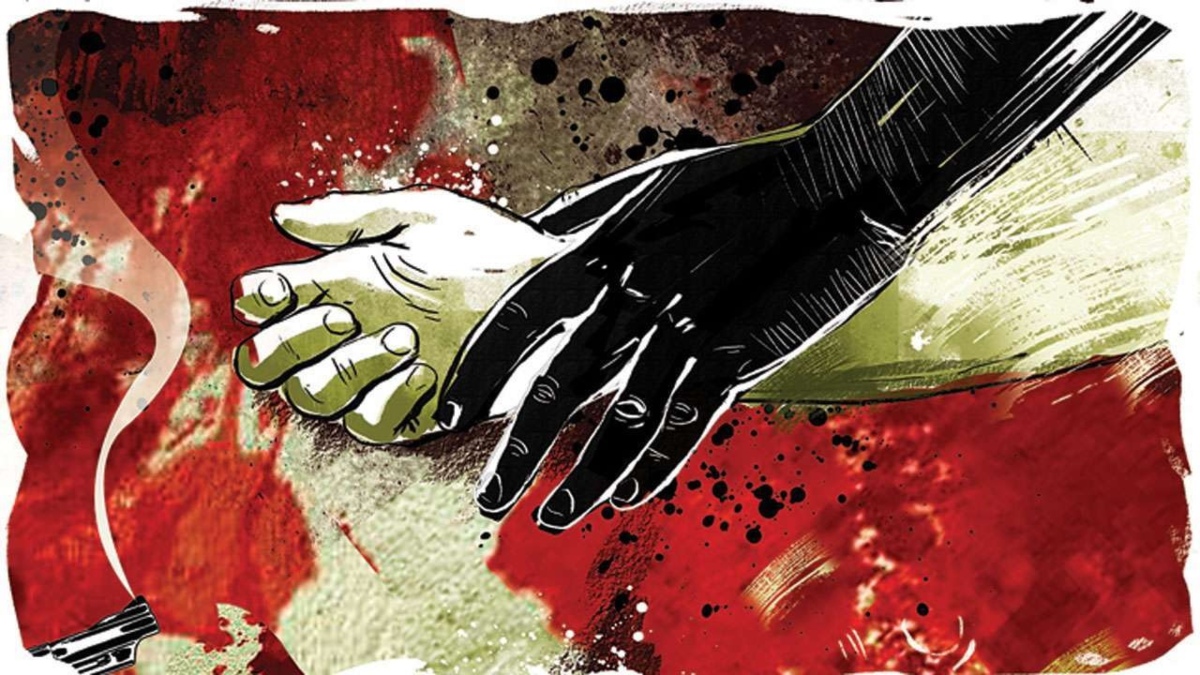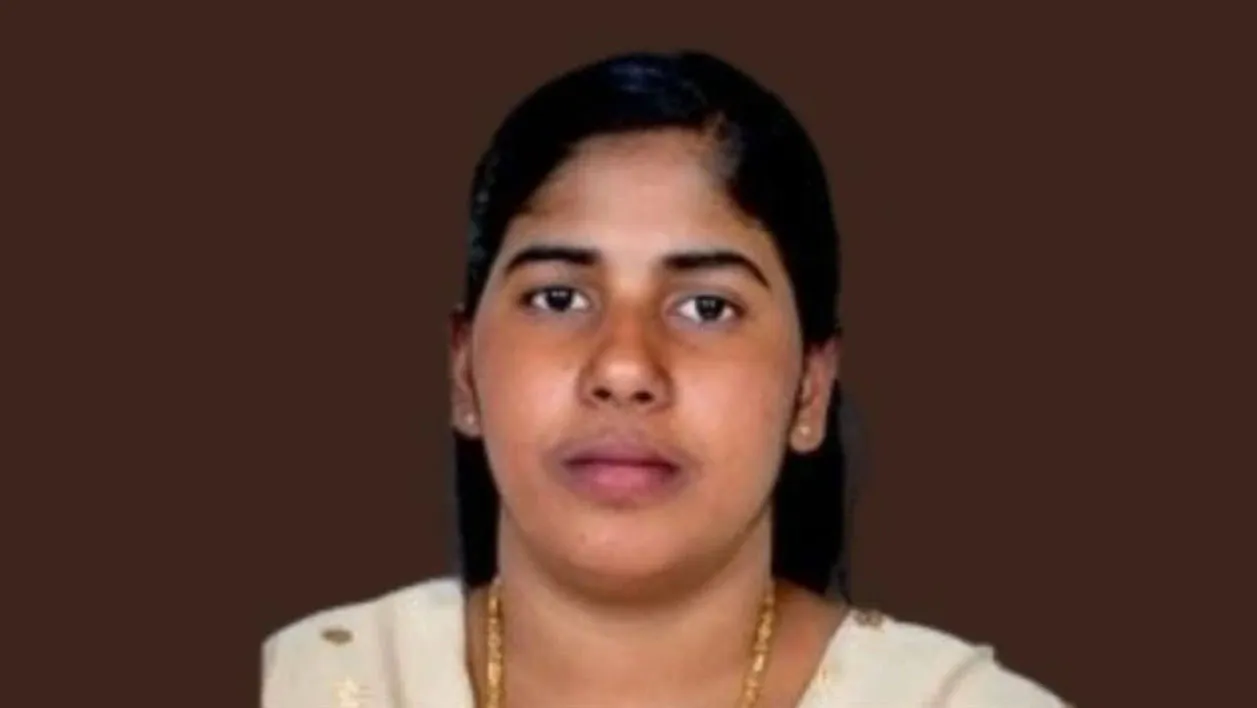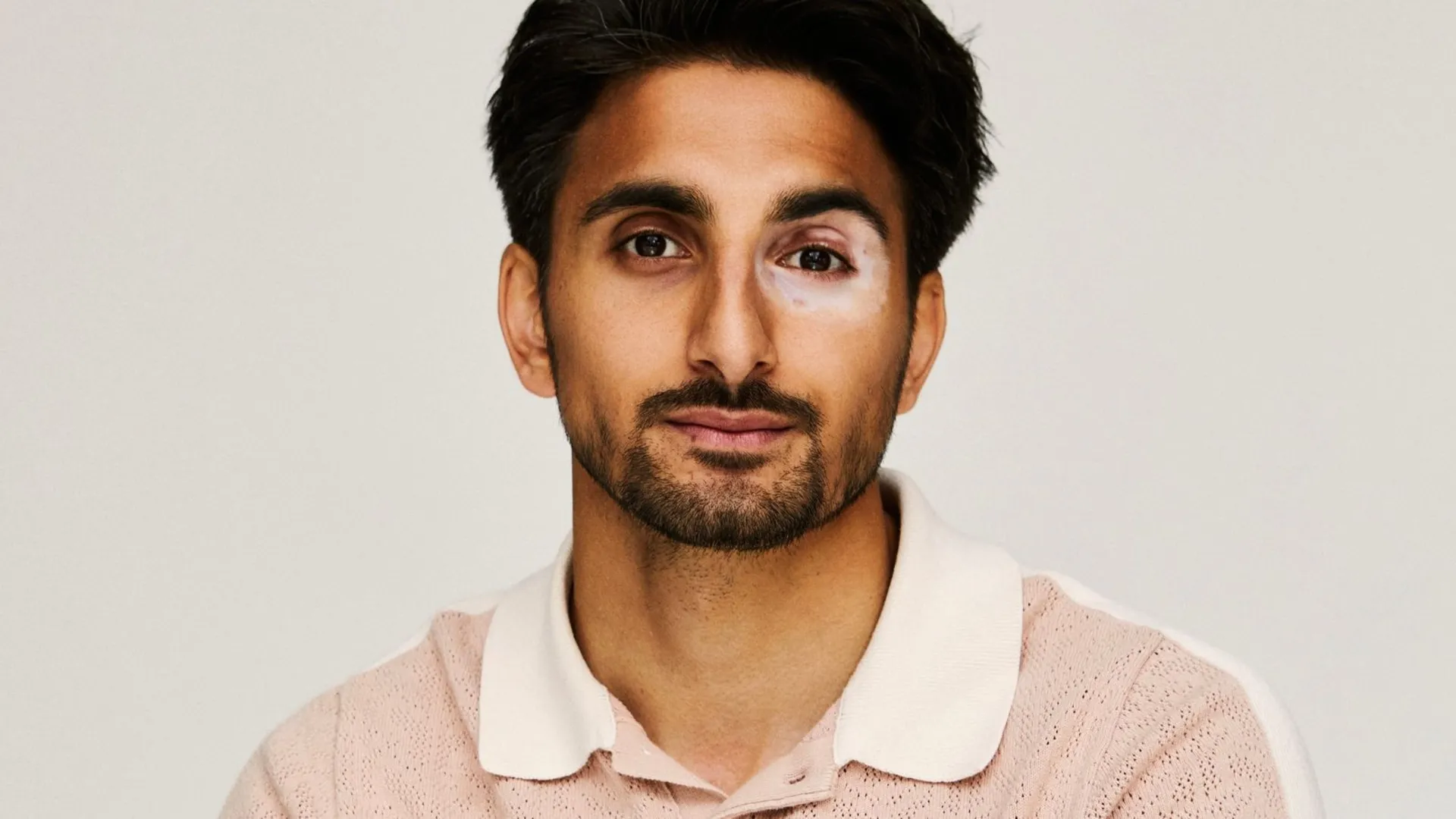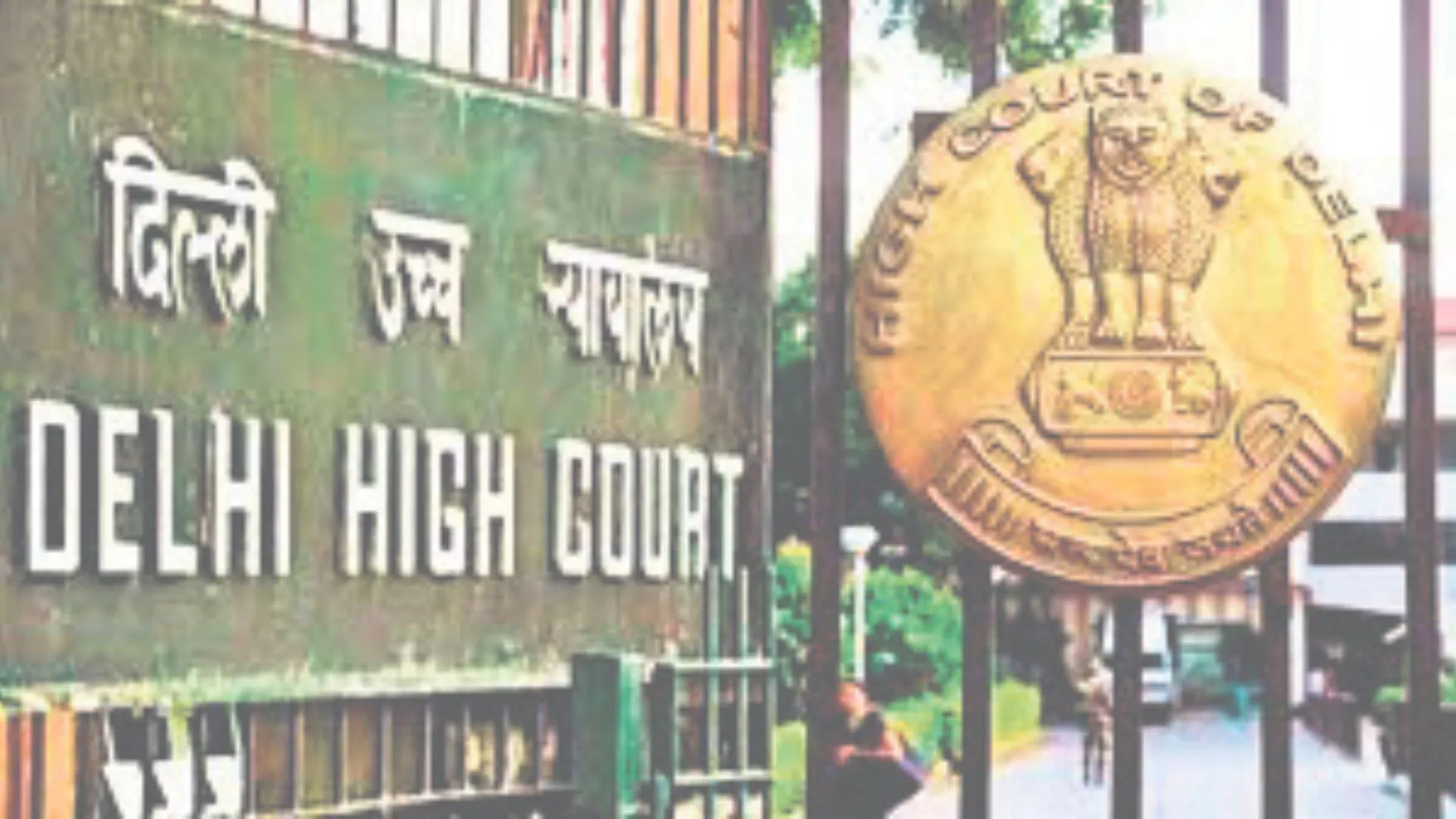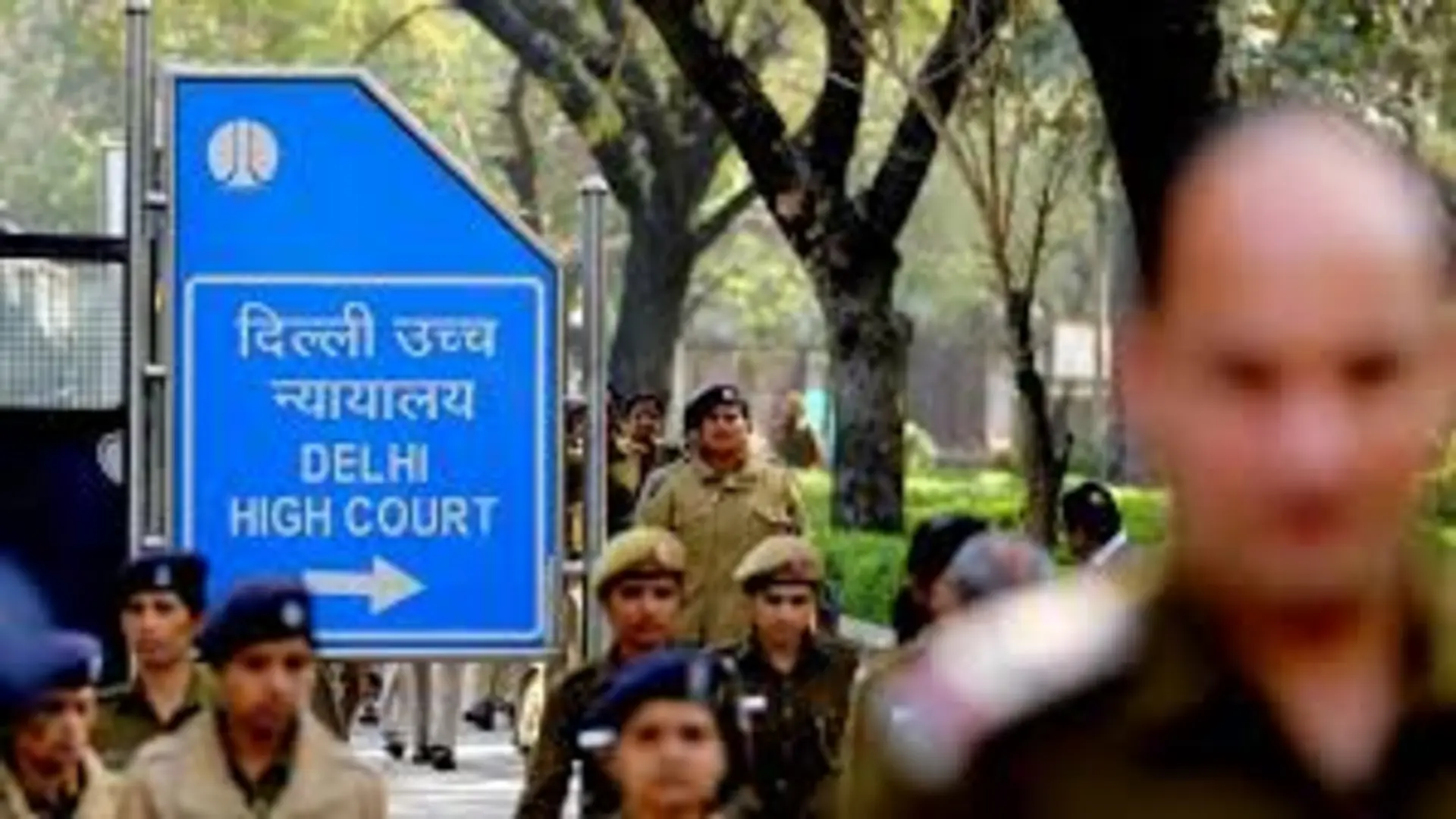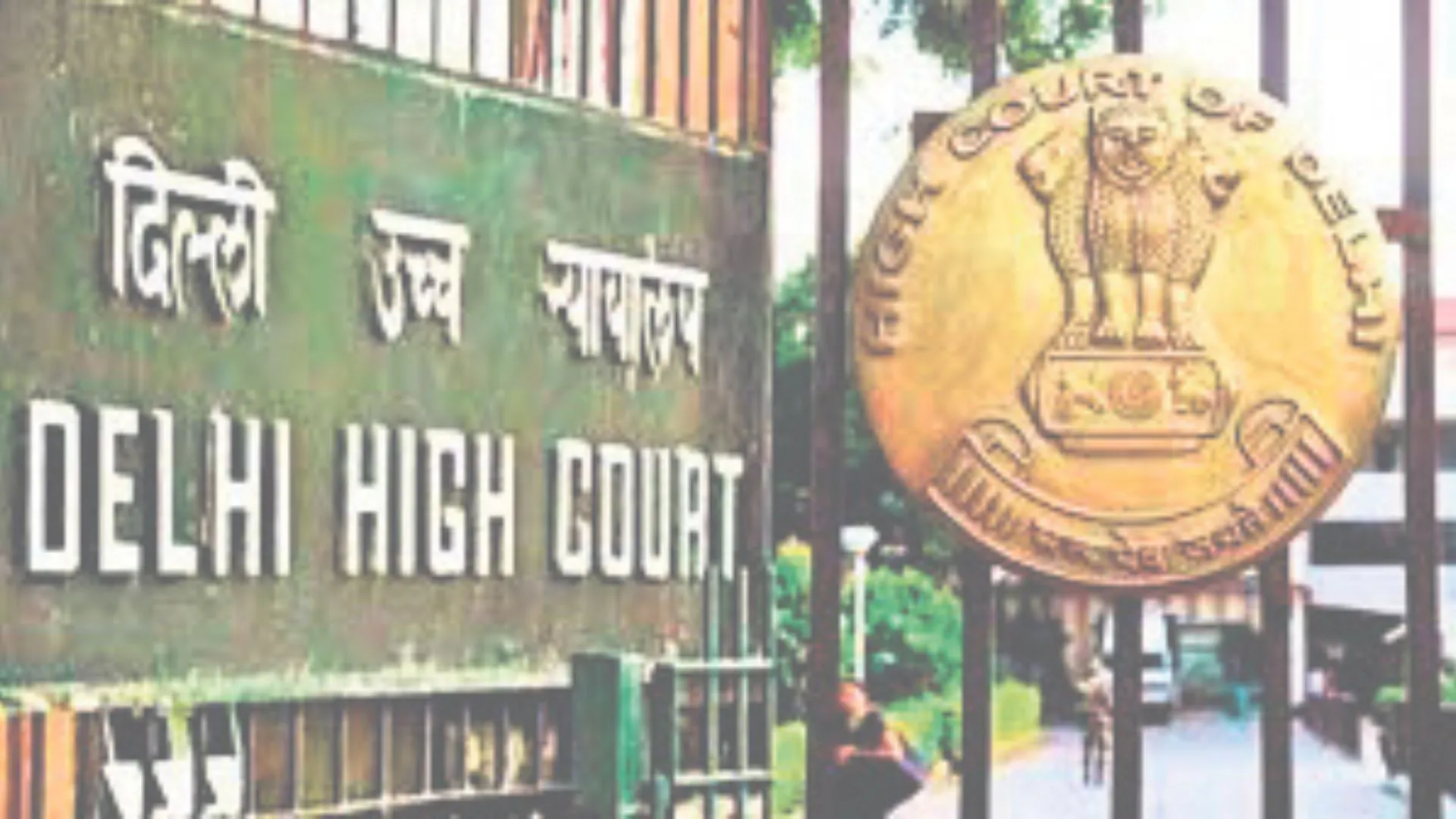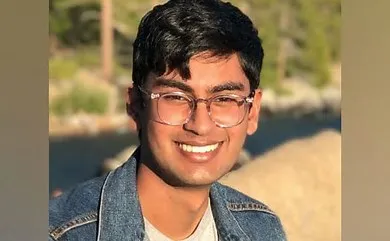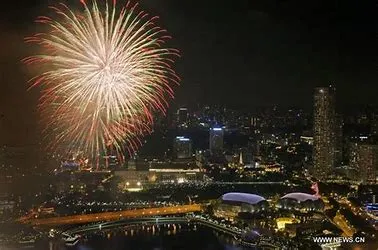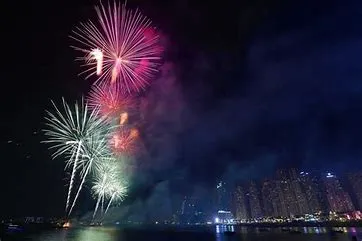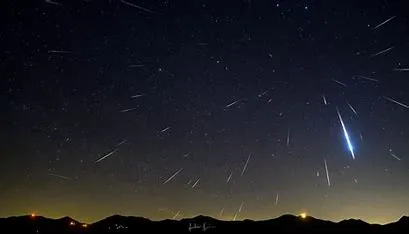It is a matter of national shame, national disgrace and national humiliation that a man had to suffer without committing any offence 20 years of incarceration in connection with a false rape case filed against him by a woman owing to an alleged land dispute. Why is it that a woman who files a false rape case is not similarly made to undergo rigorous imprisonment for at least the same period which the man had to undergo? Why our lawmakers most shamelessly, senselessly and stupidly not do anything on this score?
It must be mentioned here that the Allahabad High Court on January 28, 2021 in a latest, learned, laudable and landmark judgment titled Vishnu v. State of UP in Criminal Appeal No. 204 of 2021 (From Jail) (Defectivve Appeal No. 386 of 2005) came to the rescue of a man, after he wrongly suffered 20 years of incarceration in connection with a false rape case filed against him by a woman owing to an alleged land dispute. A Division Bench of Justices Dr Kaushal Jayendra Thaker and Gautam Chowdhary while passing order for release of one Vishnu, set aside the conviction order passed by a Trial Court in 2003, under Sections 376 and 506 of IPC and Sections 3(2)(v) read with Section 3(1)(xii) of the Scheduled Castes and Scheduled Tribes (Prevention of Atrocities) Act, 1989. Very rightly so!
To start with, the ball is set rolling in para 1 of this notable judgment authored by Justice Dr Kaushal Jayendra Thaker for himself and Justice Gautam Chowdhary wherein it is put forth that, “Since the date of occurrence of the incident, i.e. 16.9.2000, the accused is in jail i.e. since 20 years. Most unfortunate, aspect of this litigation is that the appeal was preferred through jail. The matter remained as a defective matter for a period of 16 years and, therefore, we normally do not mention defective appeal number but we have mentioned the same. This defective conviction appeal was taken up as listing application was filed by the learned counsel appointed by Legal Services Authority on 6.12.2012 with a special mention that accused is in jail since 20 years.”
On the face of it, the Bench then brings out in para 2 that, “By way of this appeal, the appellant has challenged the Judgment and order 24.2.2003 passed by court of Sessions Judge, Lalitpur in Special Case No.43 of 2000, State Vs. Vishnu arising out of Special Case No. 43 of 2000, under Sections 376, 506 of IPC and 3(1)(xii) read with Section 3(2)(v) of Scheduled Casts and Scheduled Tribes ( Prevention of Atrocities) Act, 1989, Police Station Mehroni, District Lalitpur whereby the accused-appellant was convicted under Section 376 IPC and sentenced to imprisonment for a period of ten years with fine of Rs.2,000/-, and in case of default of payment of fine, to undergo further rigorous imprisonment for six months; he was further convicted under Section 3(2)(v) read with Section 3(1)(xii) of Scheduled Casts and Scheduled Tribes ( Prevention of Atrocities) Act, 1989 (hereinafter referred to as ‘S.C./S.T. Act, 1989’) and sentenced to imprisonment for life with fine of Rs.2,000/- and in case of default of payment of fine, to undergo further rigorous imprisonment for six months; and he was further convicted under Section 506 IPC and sentenced to undergo rigorous imprisonment under Section 506 IPC. All the sentences were to run concurrently as per direction of the Trial Court.”
To put things in perspective, the Bench then points out in para 3 that, “The brief facts as per prosecution case are that on 16.9.2000 at about 2:00 p.m., the prosecutrix was going from her house in village Silawan, P.S. Mehroni to Haar (fields), when she reached near mango tree named ‘black mango tree’ situated on the road leading to Zaraia accused-Vishnu son of Rameshwar Tiwari who had hidden behind the bushes, caught hold of her with bad intention and behind the bushes, he committed rape with her by pressing her mouth and went away extending threat that if any report is lodged at the police station or this fact is divulged to anyone, he will kill her. She went back to the house and disclosed the whole incident to her family members who did not go to the police station due to threat and went to Lalitpur, and on 19.9.2000 she along with her father-in-law Gulkhai and husband Bragbhan hiding themselves went to the police station for reporting the said incident.”
As it turned out, the Bench then observes in para 15 that, “We are unable to convince ourselves with the submission made by learned AGA for State that she has been a victim of atrocity as well rape and, therefore, the accused should not be leniently dealt with.”
Of course, the Bench then states in para 27 that, “The evidence as discussed by learned Judge shows that the mere fact that no external marks of injury was found by itself would not throw the testimony of the prosecutrix over board as it has been found that the prosecutrix had washed out all the tainted cloths worn at the time of occurrence as she was an illiterate lady. The learned Judge brushed aside the fact that report was lodged three days later. We also do not give any credence to that fact and would like to go through the merits of the matter.”
Be it noted, it is then elucidated in para 29 stating that, “We venture to discuss the evidence of the prosecutrix on which total reliance is placed and whether it inspires confidence or not so as to sustain the conviction of accused. There were concrete positive signs from the oral testimony of the prosecutrix as regards the commission of forcible sexual intercourse. In case of Ganesan Versus State Represented by its Inspector of Police, Criminal Appeal No. 680 of 2020 ( Arising from S.L.P. ( Criminal ) No.4976 of 2020) decided on 14.10.2020 wherein the principles of accepting the evidence of the minor prosecutrix or the prosecutrix are enshrined the words may be that her testimony must be trustworthy and reliable then a conviction based on sole testimony of the victim can be based. In our case when we rely on the said decision, it is borne out that the testimony of the prosecutrix cannot be said to be that of a sterling witness and the medical evidence on evaluation belies the fact that any case is made out against the accused.”
It is also worth noting that it is then stated in para 30 that, “The evidence of Dr. Smt. Sarojini Joshi, Medical Officer, PW-4 C.H.C., Mehroni who medically examined the prosecutrix on 19.9.2000 at 8:45 p.m., found no external or internal injury on the person of the victim. On preabclomen examination, uterus size was 20 weeks and ballonement of uterus who was present. On internal examination, vagina of the victim was permitting insertion of two fingers. Internal uterine ballonement was present. The victim complained of pain during internal examination but no fresh injury was seen inside or outside the private part. Her vaginal smear was taken on the slide, sealed and sent for pathological investigation for examination. The doctor opined both in occular as well as her written report that the prosecutrix was having five months pregnancy and no definite opinion about rape could be given.”
Furthermore, it is then stated in para 31 that, “In the x-ray examination, both wrist A.P., all eight carpal bones were found present. Lower epiphyses of both wrist joints were not fused. All the bony epiphyses around both elbow joints were fused. In the supplementary report, the doctor opined that no spermatozoa was seen by her and according to the physical appearance, age of the victim was appearing to be 15 to 16 years and no definite opinion about rape could be given.”
What is even more glaring is thus stated in para 32 that, “We find one more fact that despite allegation that rape is committed as alleged by the prosecutrix, there are no injuries on the private part of the lady, who is a fully grown up lady and who was pregnant and is said to have been threshed. Further, there was a motive on the part of complainant that there was land dispute between the parties. In statement of prosecutrix in her cross examination on 23.5.2002, she stated that it was her husband and father-in-law, who had lodged the compliant. Thereafter, learned Judge closed the cross examination of PW-1 and recorded it further on 24.5.2002. The First Information Report is also belatedly lodged by three days is the submission of the counsel Amicus Curiae appointed by High Court.”
Adding more to it, the Bench then makes it known in para 33 that, “As far as the medical evidence is concerned, there are three emerging facts. Firstly, no injury was found on the person of the victim. We are not mentioning that there must be any corroboration in the prosecution version and medical evidence. The judgment of the Apex Court rendered in the case of Bharvada Bhogin Bhai Hirji Bhai Versus State of Gujarat, AIR 1983 SCC page 753, which is a classical case reported way back in the year 1983, on which reliance is placed by the learned Session Judge would not be helpful to the prosecution. The medical evidence should show some semblance of forcible intercourse, even if we go as per the version of the prosecutrix that the accused had gagged her mouth for ten minutes and had thrashed her on ground, there would have been some injuries to the fully grown lady on the basis of the body.”
While still continuing further, the Bench then adds in para 34 that, “In our finding, the medical evidence goes to show that doctor did not find any sperm. The doctor categorically opined that no signs of forcible sexual intercourse were found. This was also based on the finding that there were no internal injuries on the lady who was grown up lady.”
Needless to say, it cannot be dismissed lightly that it is then pointed out in para 35 that, “The factual data also goes to show that there are several contradictions in the examination-in-chief as well as cross examination of all three witnesses. In her examination-in-chief, she states that incident occurred at about 2:00 p.m. but nowhere in her ocular version or the FIR, she has mentioned that she was going to the fields with lunch for her father-in-law. This statement was made for the first time in the ocular version of the husband of the prosecutrix i.e. PW-3 and that it was father-in-law who narrated incident to the police authority. The father-in-law as PW-2 in his testimony states that he was told about the incident by her daughter-in-law (Bahu) on which he complained some villagers about the accused who denied about the incident, therefore, they decided to go to the police station on the next day but the police refused to lodge the report on the ground that no one was present in the police station, therefore, they went on third day of the incident to lodge the FIR. After this, again he contradicts his story in his own statement recorded on cross-examination on the next date stating that the incident was told by his daughter-in-law to his wife who told him about the same. There is further contradiction in the statements of this witness. In examination-in-chief he states that the parties called for Panchayat but there is nothing on record that who were the persons called for Panchayat. If the pregnant lady carries fifth month pregnancy is thrashed forcefully on the ground then there would have been some injury on her person but such injuries on her person are totally absent.”
To be sure, it would be imperative to mention here that it is then stated in para 36 that, “For maintaining the conviction under Section 376 Cr.P.C., medical evidence has to be in conformity with the oral testimony. We may rely on the judgment rendered in the case of Bhaiyamiyan @ Jardar Khan and another Versus State of Madhya Pradesh, 2011 SCW3104. The chain of incident goes to show that the prosecutrix was not raped as would be clear from the provision of section 375 read with Section 376 of IPC.”
What also needs noting is that it is then stated in para 37 that, “The judgment relied on by the learned Amicus Curiae for the appellant will also not permit us to concur with the judgment impugned of the learned Trial Judge where perversity has crept in. Learned Trial Judge has not given any finding as to fact as to how commission of offence under Section 376 IPC was made out in the present case.”
Of particular significance is what is then stated in para 38 that, “Section 3(2)(v) of Scheduled Castes and Scheduled Tribes ( Prevention of Atrocities) Act, 1989 is concerned, the FIR and the evidence though suggests that any one or any act was done by the accused on the basis that the prosecutrix was a member of Scheduled Castes and Scheduled Tribes then the accused can be convicted for commission of offence under the said provision. The learned Trial Judge has materially erred as he has not discuss what is the evidence that the act was committed because of the caste of the prosecutrix. The sister-in-law of the prosecutrix had filed such cases, her husband and father-in-law had also filed complaints. We are unable to accept the submission of learned AGA that the accused knowing fully well that the prosecutrix belonged to lower strata of life and therefore had caused her such mental agony which would attract the provision of Section 3(2)(v) of the Atrocities Act. The reasoning of the learned Judge are against the record and are perverse as the learned Judge without any evidence on record on his own has felt that the heinous crime was committed because the accused had captured the will of the prosecutrix and because the police officer had investigated the matter as a atrocities case which would not be undertaken within the purview of Section 3(2)(v) of Atrocities Act and has recorded conviction under Section 3(2)(v) of Act which cannot be sustained. We are supported in our view by the judgment of Gujarat High Court in Criminal Appeal No.74 of 2006 in the case of Pudav Bhai Anjana Patel Versus State of Gujarat decided on 8.9.2015 by Justice M.R. Shah and Justice Kaushal Jayendra Thaker (as he then was).”
No doubt, it is then rightly stated in para 39 that, “Learned Judge comes to the conclusion that as the prosecutrix belonged to community falling in the scheduled caste and the appellant falling in upper caste the provision of SC/ST Act are attracted in the present case.”
What also needs to be noted is that it is then brought out in para 40 that, “While perusing the entire evidence beginning from FIR to the statements of PWs-1, 2 and 3 we do not find that commission of offence was there because of the fact that the prosecutrix belonged to a certain community.”
As a corollary, the Bench then holds in para 42 that, “In view of the facts and evidence on record, we are convinced that the accused has been wrongly convicted, hence, the judgment and order impugned is reversed and the accused is acquitted. The accused appellant, if not warranted in any other case, be set free forthwith.”
Damningly, the Bench then states in para 45 that, “We find that in the State of U.P. even after 14 years of incarceration does not even send the matter to the Magistrate for reevaluation the cases for remission as per mandate of Sections 432 and 433 of Cr.P.C. and as held by Apex Court in catena of decisions even if appeals are pending in the High Court. The accused in present case is in jail since 2000.”
More damningly, the Bench then observes in para 47 that, “Section 433 and 434 of the Cr.P.C. enjoins a duty upon the State Government as well as Central Government to commute the sentences as mentioned in the said section. We are pained to mention that even after 14 years of incarceration, the State did not think of exercising its power for commutation of sentence of life imprisonment of the present accused and it appears that power of Governor provided under Article 161 of the Constitution of India are also not exercised though there are restriction to such power to commute sentence. The object of Sections 432 read with Section 433 of the Cr.P.C. is to remit the sentence awarded to the accused if it appears that the offence committed by him is not so grave. In our case, we do not see that why the accused is not entitled to remission. His case should have been considered but has not been considered. Remission/ commutation of sentence under Sections 433 and 434 of the Cr.P.C. is in the realm of power vested in the Government. The factual scenario in the present case would show that had the Government thought of taking up the case of the accused as per jail manual, it would have been found that the case of the appellant was not so grave that it could not have been considered for remission / commutation.”
Most damningly, the Bench then holds in para 48 that, “Most unfortunate, aspect of this litigation is that the appeal was preferred through jail. The matter remained as a defective matter for a period of 16 years and, therefore, we normally do not mention defective appeal number but we have mentioned the same. This defective conviction appeal was taken up as listing application was filed by the learned counsel appointed by Legal Services Authority on 6.12.2012 with a special mention that accused is in jail since 20 years.”
No wonder, the Bench then rightly observes in para 49 that, “Seeing this sorry State of Affairs, we request the Registrar (Listing) through the Registrar General to place the matter before Hon’ble the Chief Justice that periodical listing of matters be taken up in the High Court so that those who are in jail for more than 10 or 14 years, where the appeals are pending, may at least get their appeal heard which are mainly jail appeals.”
Finally, it is then held in the last para 52 that, “A copy of this judgment be sent to the Law Secretary, State of U.P. who shall impress upon the District Magistrates of all the districts in the State of U.P. to reevaluate the cases for remission after 14 years of incarceration as per mandate of Sections 432 and 433 of Cr.P.C. even if appeals are pending in the High Court.”
To sum up, it is high time that a major surgery is done of the judicial system prevailing in lawless states like UP which accounts for maximum pending cases in India and Bihar. When there can be 4 High Court Benches for peaceful states like Maharashtra and Assam, 3 for Karnataka and two for Madhya Pradesh and West Bengal then why just one Bench for UP and here too West UP where maximum cases of crimes take place accounting for more than half of the total pending cases in UP has none and so also Bihar has none even though PM Narendra Modi represents UP from Varanasi and Law Minister Ravi Shankar Prasad from Patna still why no effort is made to create more High Court Benches in these two States? This is the real tragedy!
Maharashtra tops in Justice Index List as it is doing very good and still has 4 High Court Benches. The former UP Chief Justice DB Bhosale who hails from Maharashtra in his capacity as Chief Justice of UP had said that in Maharashtra women can venture out even in night alone which even I have seen myself as I did my LLB from Pune but in UP women is just not safe even with family and that too in national highway where she was assaulted brutally which I am also aware of as I stay here in Meerut! What a crowning irony that still UP has least benches in India and no wonder figures in bottom of Justice Index List and same is the case with Bihar! This despite the irrefutable fact that Justice Jaswant Singh Commission had historically recommended 3 High Court Benches for UP but not a single created for UP even though Benches were created for other states like Maharashtra in Aurangabad, Madurai in Tamil Nadu and Jalpaiguri in West Bengal! This is the real rub! The 230th Law Commission Report made in 2009 recommended for more high court benches not just for Maharashtra or Karnataka alone but for big states like UP and Bihar also but Centre is clearly culpable for not doing anything on this score for which it must hang its head in shame as it is not ready ever to do anything on this score! This case is the biggest testimony and biggest reminder that a major surgery of our decrepit, overburdened and moribund judicial system that exists especially in UP and Bihar is the crying need of the hour and it cannot be put in cold storage any longer! How long will the most populated State that is UP and Bihar be taken for granted? How long will the just demand for more High Court Benches still be ignored by the Centre? This alone explains why Rahul Gandhi terms people of South more mature as we saw how in Karnataka two more High Court Benches were created for Dharwad and Gulbarga for just 4 and 8 districts just because Centre could not resist their unrelenting pressure whereas on contrary for more than 20 districts of West UP not a single Bench is being created even though Justice Jaswant Singh Commission had recommended the same! What can be a bigger shame and more despicable than this which is the worst violation of Article 14 which talks about right to equality! A single High Court Bench for UP was created by Jawaharlal Nehru in 1948 in Lucknow just 200 km away from Allahabad where High Court is located but no PM dares to create even a single Bench in any hook and corner of UP other than Lucknow! This is the real tragedy! Even holy cities like Kashi, Ayodhya and Mathura which is also in West UP are considered “worthless cities” not fit to be given a High Court Bench! This is what pinches me most! Centre’s conduct on this key issue of creating more Benches in UP and Bihar is most deplorable, despicable and dangerous which cannot be justified under any circumstances! It is high time and Centre must act but till now Centre has chosen to emulate the past government’s dastardly stand on this which is most hurting to say the least! Most shocking!
Postscript: Even as I am writing this news is pouring in that goons who first had misbehaved with a girl later killed her father openly in Hathras in West UP after coming out from jail. Such instances are galore. The lawyers of 22 districts of West UP are still on strike since last many days which will continue till March 9 as a senior and eminent lawyer named Omkar Singh Tomar whom I knew as a very warm person always carrying a smile on his face had committed suicide in Meerut under suspicious conditions. When will Centre act? When will it wake up?

